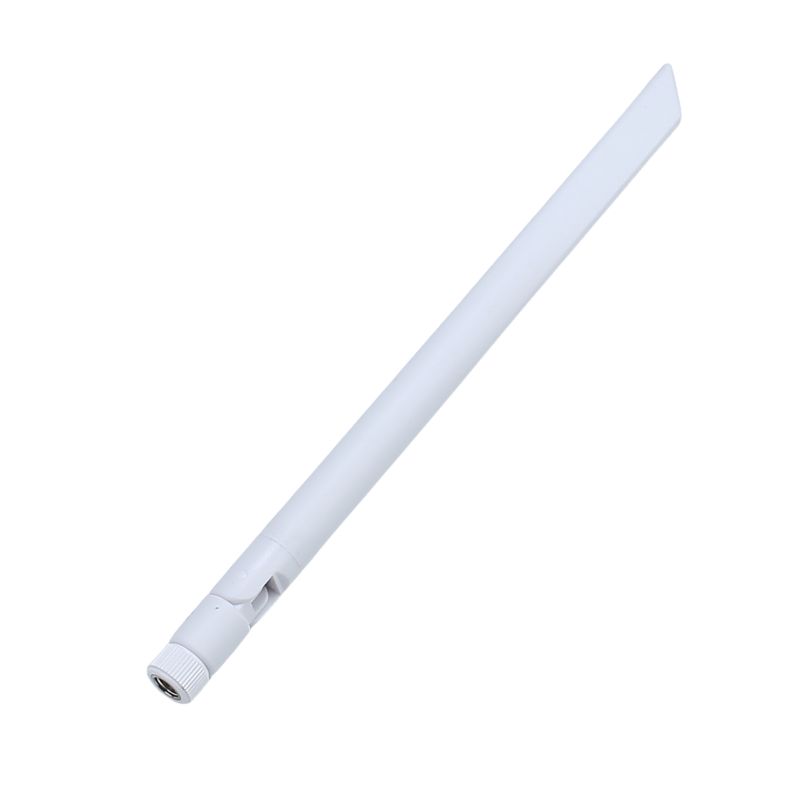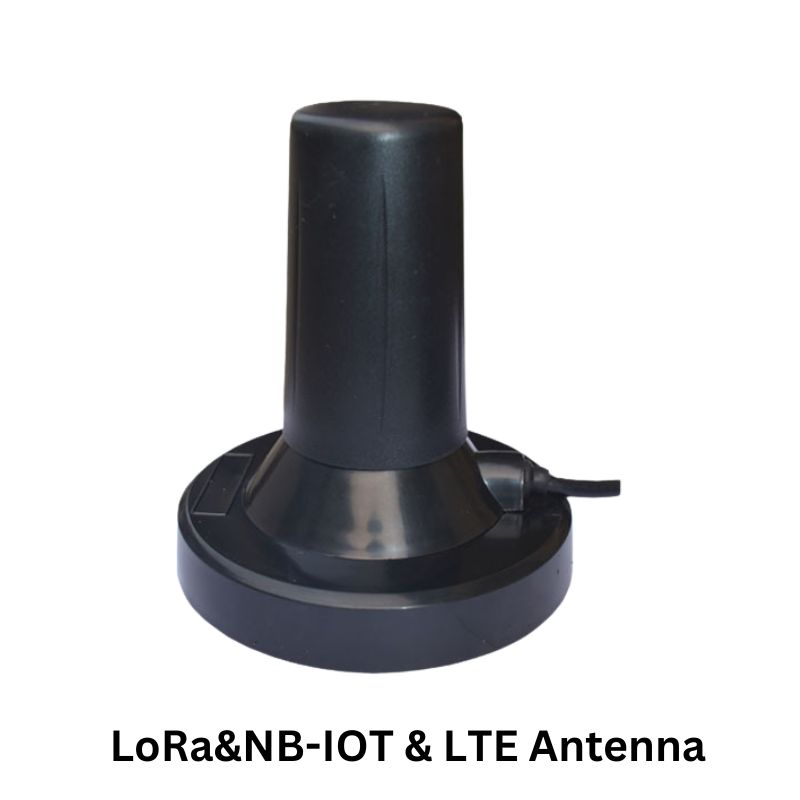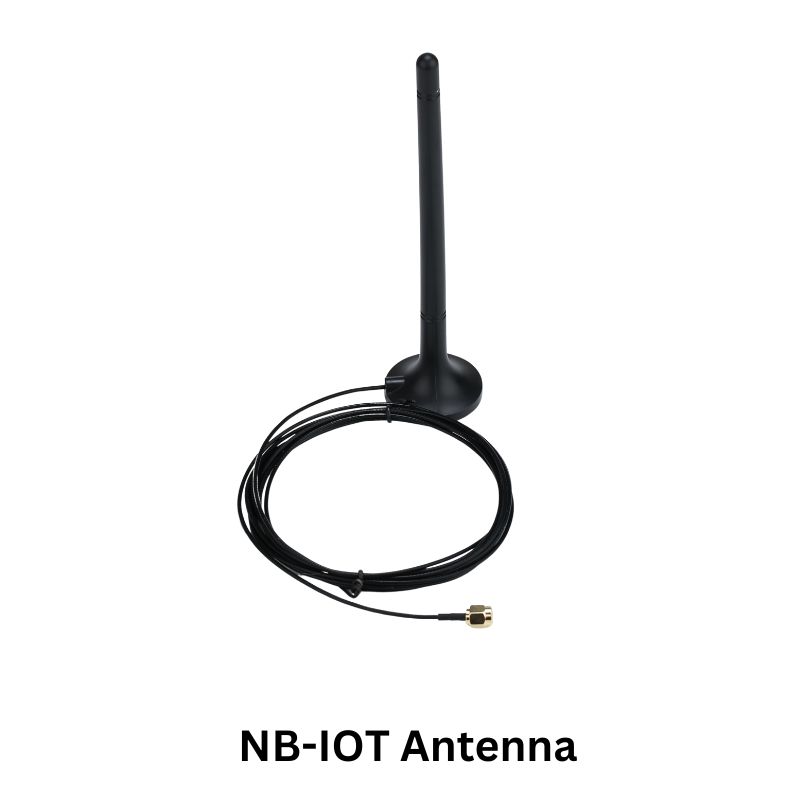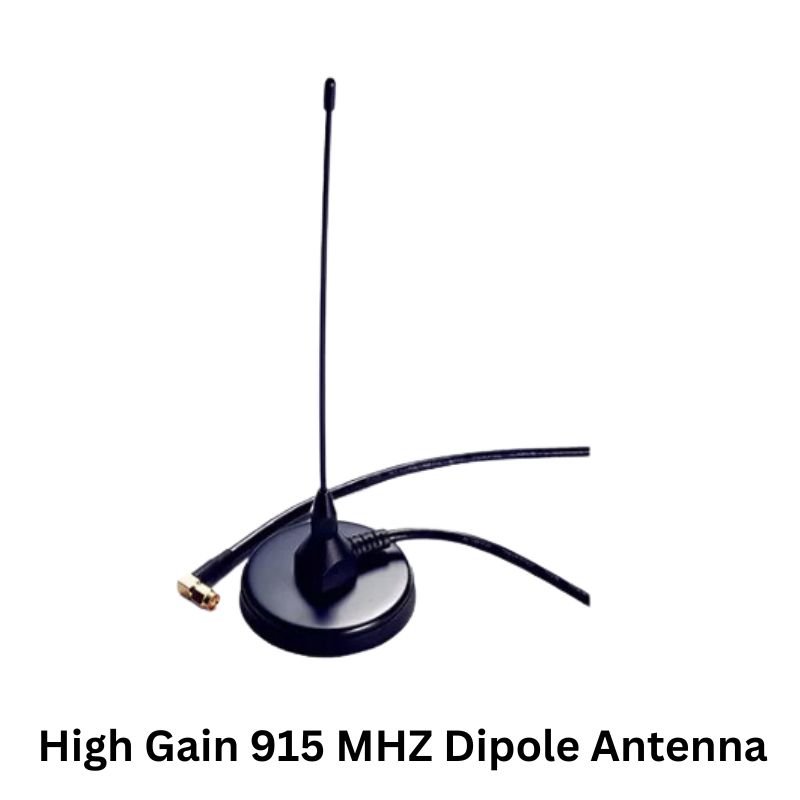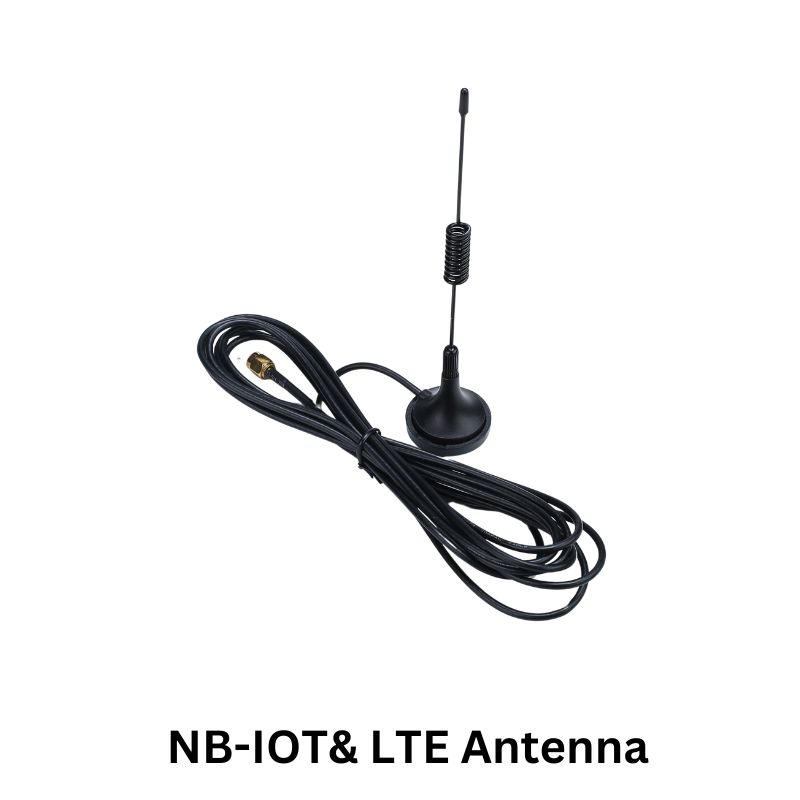

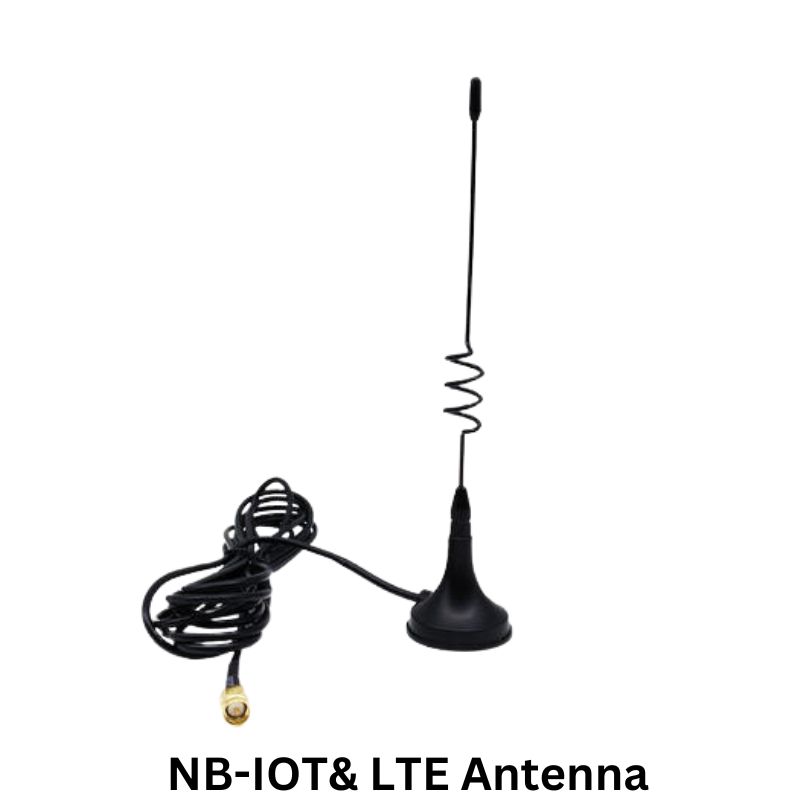
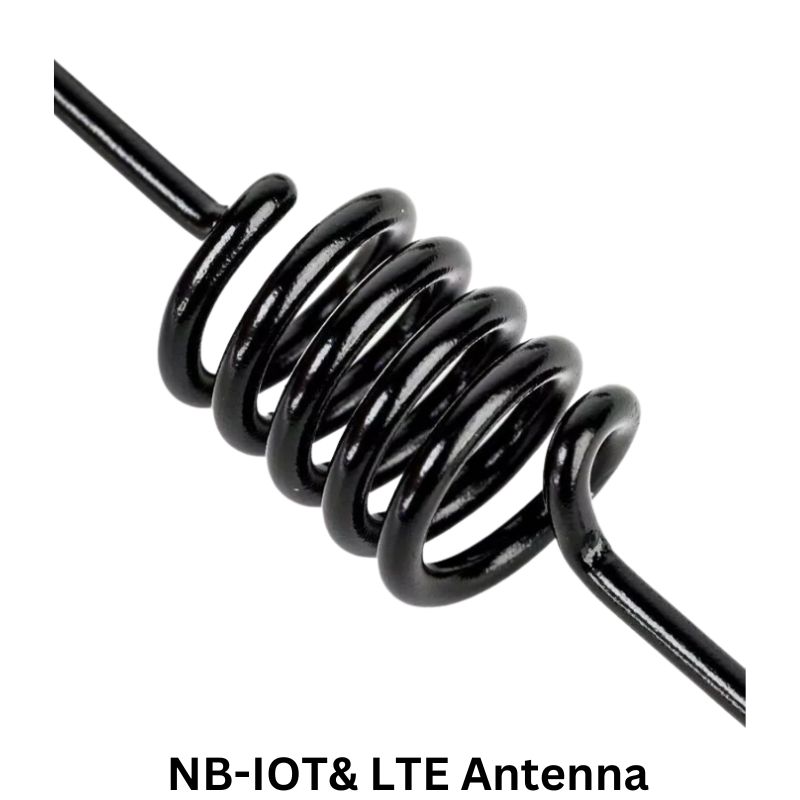
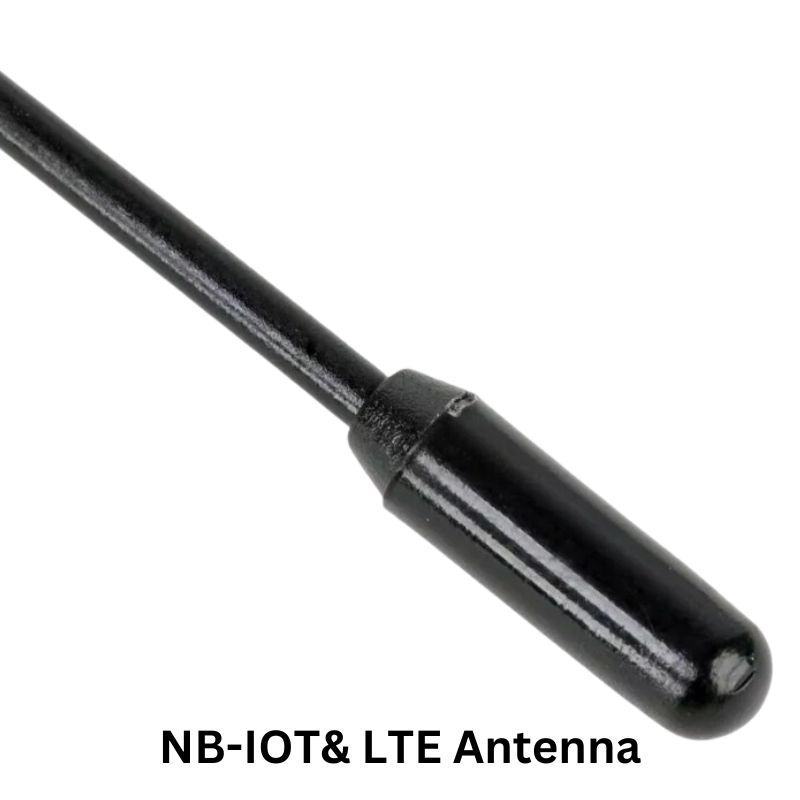
Vehicle-mounted Antenna pulls the Antenna to the outside of the car,protect against radiation and eliminate car's masking for signal.
Model No.: NB-IOT & LTE Antenna
Frequency Range(MHz): 824-960 & 1710-2690 Mhz
V.S.W.R: ≤2.0
Gain:2 dBi
Center frequency characteristic impedance (Ω):50
Connector Type:SMA
Main Technical Specifications
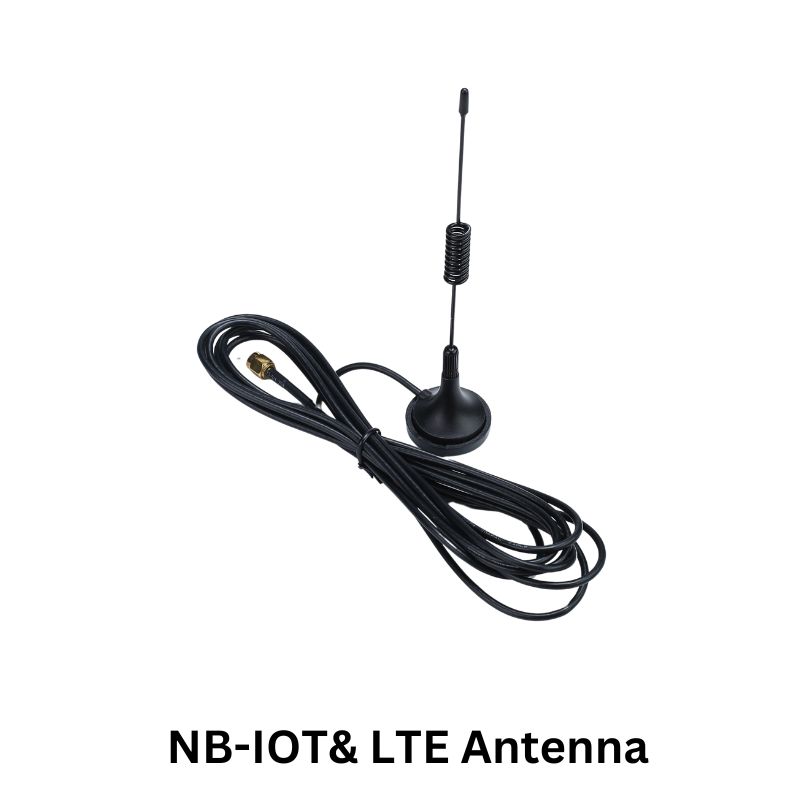
| Frequency Range(MHz) | 880-960& 1710-2690 Mhz |
| Impedance(Ω) | 50 |
| Gain | 2 |
| V.S.W.R | ≤ 2.0 |
| Connector Type | SMA |
| Max. Power | 50 W |
Product Specifications
Introduction of NB-IOT Antenna
Vehicle-mounted antenna pulls the antenna to the outside of the car,protect against radiation and eliminate car's masking for signal.External magnetic mount multiband antenna designed for 5G , LTE, and cellular IoT (LTE-M, NB-IoT) applications. Provide a ground plane independent dipole antenna solution which mounts to ferrous metallic surfaces using the integrated magnetic base.
Application Areas
Application Areas of Lora Antenna & NB-IOT & LTE Antenna
Internet of Things (IoT)
Smart Cities: LoRa is used in smart city projects for applications such as smart lighting, smart waste management, and environmental monitoring.
Asset Tracking: For tracking goods, vehicles, and other valuable assets over long distances.
Agriculture: Precision farming for monitoring soil moisture, temperature, and humidity over wide rural areas.
Livestock Tracking: Tracking the location and condition of livestock in vast agricultural landscapes.
Purchase and Contact Information
Dongguan RenFeng Electronic Technology Co.,Ltd
Email: bellasu@rflink.net.cn
Mobile Phone: +86 1379-4978-989
Address: No.1 Sankeng Qinghutou Tangxia Dongguan Guangdong China
![]()
![]()
![]()
FAQ
NB-IOT Antenna FAQ
NB-IOT antennas in the 880-1880 MHz range can provide communication ranges from 0.8 to 2.6 kilometers in open rural areas. However, this range may decrease in urban environments due to signal interference and physical obstruction.
Lora Antenna 824-690 & 170 MHz FAQ
LoRa antennas in the 2400-5000 MHz range can provide communication ranges from 5 to 15 kilometers in open rural areas. However, this range may decrease in urban environments due to signal interference and physical obstruction.
